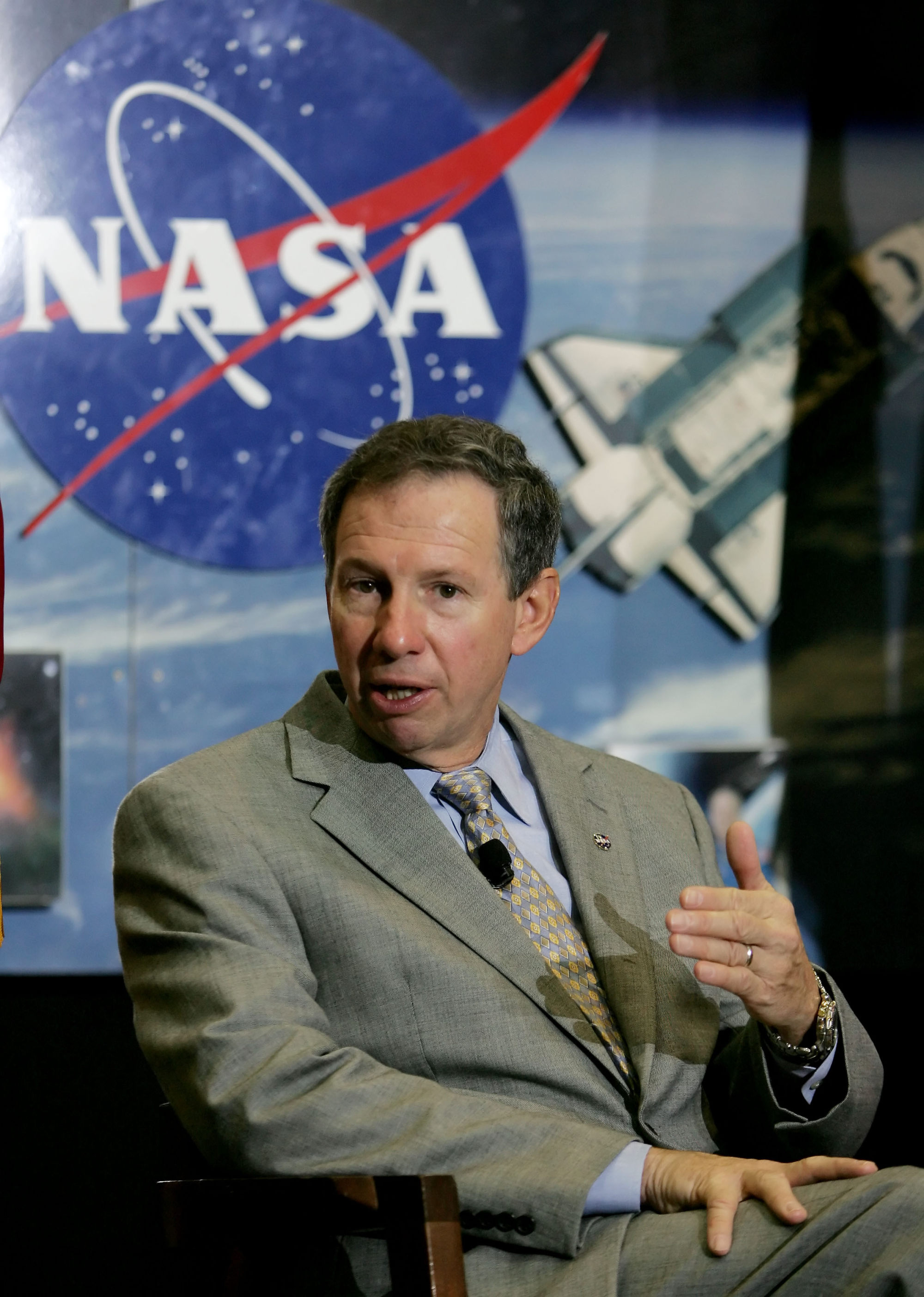The country that lands on the moon first will be able to “set a precedent for whether future lunar activities are conducted with openness and transparency or in a more restricted manner”, Lucas said.
Last week Nasa announced delays to its Artemis programme over safety concerns, a day after the US made its first attempt to land a robot on the lunar surface since 1972. The attempt failed due to technical problems.
In 2022, Artemis 1 sent Nasa’s Orion spacecraft on a trip around the moon without a crew. Artemis 2, which was planned for later this year, has been pushed to 2025. Its mission will be to follow the Orion’s path, but with four astronauts.
Artemis 3 was earlier slated for 2025. Now it will attempt to land humans on the moon’s south pole a year later. China is expected to arrive there with an uncrewed lander by 2027.
The moon’s south pole is expected to hold valuable reserves of ancient ice as well as critical minerals.
US-China space race fuelled by lunar landings and orbital ‘parking spots’
US-China space race fuelled by lunar landings and orbital ‘parking spots’
On Wednesday, Catherine Koerner, a senior Nasa official, told the congressional panel that the life-support systems on the Artemis 2 spacecraft were proving to be “more difficult and challenging to develop”.
However, she said the new time frame would be sufficient to address all technical issues, adding that Nasa was also exploring capabilities to establish a long-term human presence on the lunar surface.
But not everyone at the hearing was convinced.
Michael Griffin, Nasa’s chief between 2005 and 2009, believed the Artemis programme was “excessively complex and unrealistically priced”, adding it was “highly unlikely to be completed in a timely manner even if successful”.

Griffin called it “unacceptable” that the US and its partners would not be on the moon when others were.
The Chinese Communist Party and its Russian partner understood “the role that being on the space frontier has in the world of global power politics”, he said.
In 2018, China became the first country to land on the far side of the moon, and this summer, it plans to bring back the first soil and rock sample from there.
The Sino-American race in outer space has drawn heightened attention from quarters beyond government in recent years.
Beleaguered Peregrine mission could put US behind China in moon race: expert
Beleaguered Peregrine mission could put US behind China in moon race: expert
The Mitchell Institute for Aerospace Studies, a non-partisan research organisation in Arlington, Virginia, on Wednesday launched a policy paper titled “Securing Cislunar Space and the First Island Off the Coast of Earth”.
The cislunar region is the area between Earth and the moon or the moon’s orbit where the gravitational pull of two celestial bodies is cancelled out.
The region is ideal for stationing satellites and telescopes and for this reason is known for its “parking spots”.
China already has a satellite in this region, towards the far side of the moon, to communicate with its lander.
The Mitchell Institute paper said the US must build an “architecture” in the region to not only accelerate scientific and economic activities but also enable “an ability to monitor and respond to irresponsible or threatening behaviour”.
“Failure to act now will limit future options, create an unsustainable precedent in the cislunar environment, or even surrender US leadership in space and weaken US leadership globally,” it warned.
In its quest to establish a foothold in the celestial region, the US has sought allies on Earth.
Jim Bridenstine, a former Nasa administrator, on Wednesday said one of the purposes of the accords was to ensure “transparency and avoid misunderstandings that can led to conflict”.
Speaking at the paper’s launch, Bridenstine believed it was important to create communication channels, noting that Nasa was not allowed to directly engage with its Chinese counterpart without congressional approval.
China storms ahead in space weather research with largest observatory on Earth
China storms ahead in space weather research with largest observatory on Earth
Hours later, John Plumb, US assistant secretary of defence for space policy, said at a Pentagon press briefing that Deputy Defence Secretary Kathleen Hicks had approved a new classification policy at the end of 2023 that may allow some information on the military’s space programmes to be shared with US allies and other stakeholders in the future.
The new policy itself remains classified.
Plumb said the US was concerned about China’s “highly manoeuvrable systems like the SJ21” that can be used as a weapons system, referring to a Chinese satellite.
We are “really concerned about the pace of the threat and the scale of it”, Plumb added.

